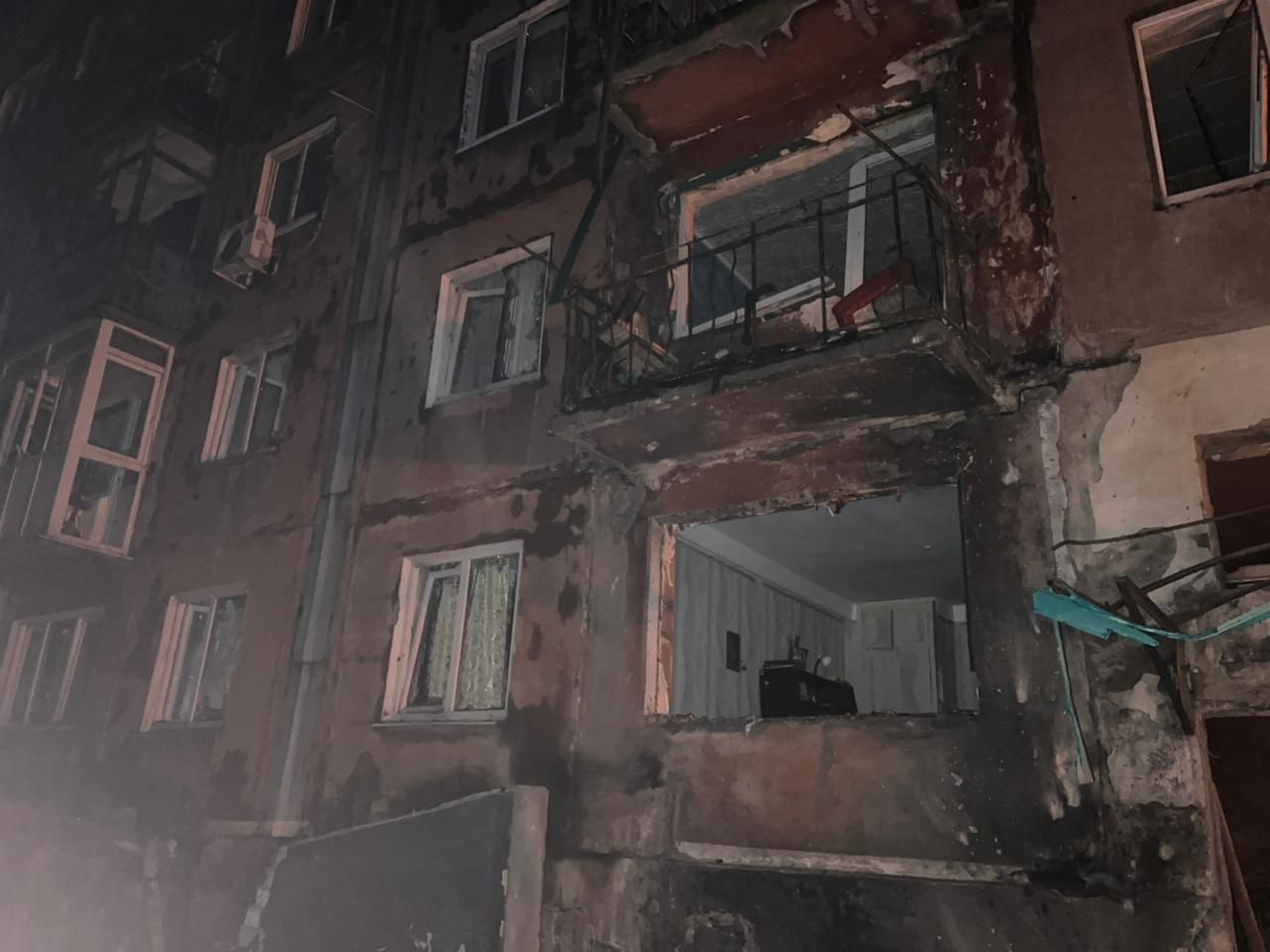Russian forces continue their daily terror attacks on the frontline regions, causing civilian casualties and damaging or destroying homes, schools, and hospitals.
This comes as US President Trump and Ukrainian President Zelenskyy meet during the NATO summit in The Hague to discuss the war and Western support. While Zelenskyy presses on supplying more Patriot air-defense missile systems, even offering to buy them from the US, Trump, however, expresses caution about delivering them, citing their scarcity and US needs.
On the night of 26 June, Russia launched deployed 41 Shahed strike drones and other unmanned aircraft, with Ukrainian air defenses intercepting 24 of them, according to Ukraine’s Air Forces.
Eight drones were destroyed by conventional weapons, while 16 others were either lost through location tracking or neutralized using electronic warfare systems. Despite the defensive efforts, enemy drones struck seven locations across Ukraine.
Russia hits residential building in Donetsk Oblast
The most severe incident occurred at 2:00 a.m. on 26 June in Bilozerske, Donetsk Oblast, where a Russian Geran-2 drone struck a five-story residential building, according to the Donetsk Oblast prosecutor’s office. The impact ignited a fire and wounded five civilians, including a teenager.
Medical personnel diagnosed the casualties with blast injuries, bruises, shrapnel wounds, closed fractures and abrasions, and all received medical treatment.
The attack damaged three apartment buildings and seven vehicles in the settlement.

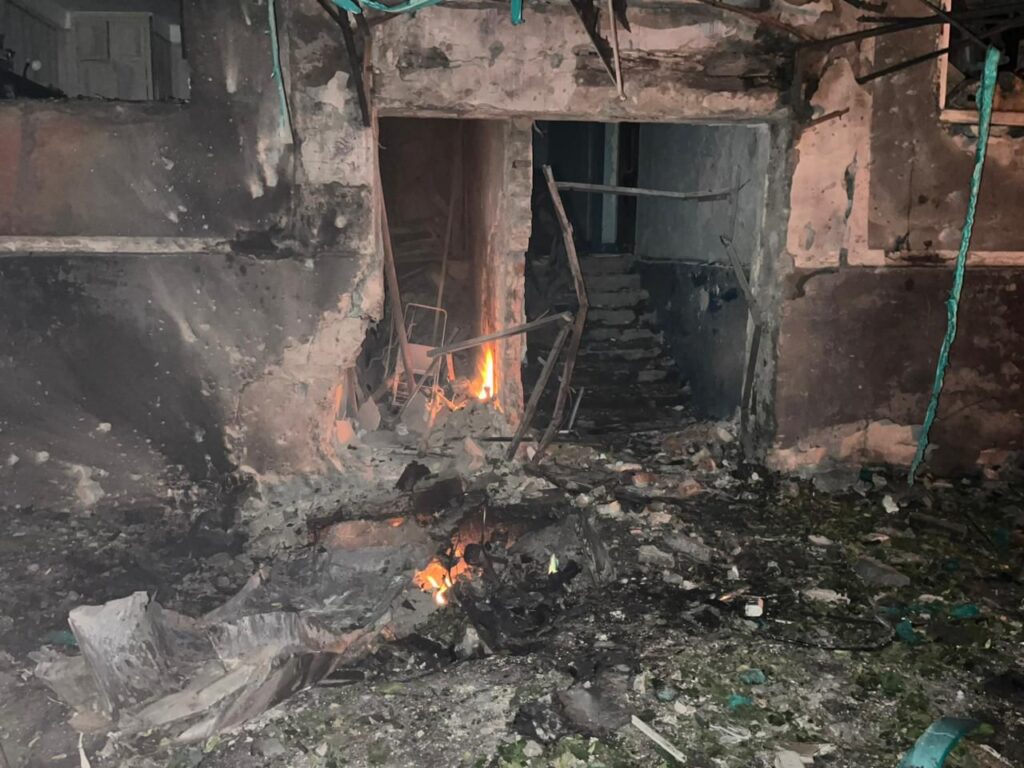
Shelling in frontline Kherson never stops
In Kherson, Russian forces shelled the Dniprovskyi district, injuring a 64-year-old woman whose condition medical officials characterized as light, according to the regional military administration.
Separate morning shelling in Kherson’s Korabelny district damaged a city council building, educational institutions and medical facilities.


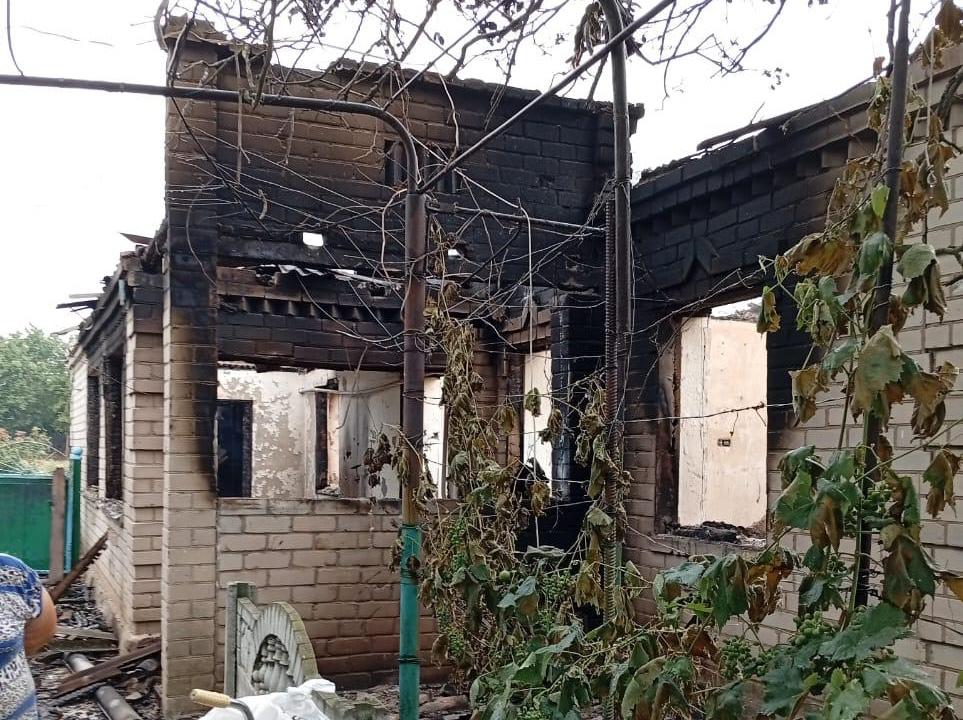

Kherson also experiences “drone safari” when the Russians hunt and attack civilians using drones that drop grenades, bombs, and antipersonnel landmines.
Death toll from Dnipro attack climbs again
Meanwhile, casualty figures continued rising from a 24 June Russian missile attack on Dnipropetrovsk Oblast. The head of the Dnipropetrovsk Oblast military administration announced that fatalities from the strikes had increased to 22 people, with 20 deaths in Dnipro city and two additional deaths in Samar.
The attack targeted infrastructure, educational and medical institutions, administrative buildings, emergency services facilities and a passenger train carrying over 500 people in Dnipro.
Dnipro mayor Borys Filatov described the assault as “probably one of the most brazen strikes” on the city during the full-scale war.
On 26 June, Russian forces also conducted sustained attacks on the Nikopol district of Dnipropetrovsk Oblast, employing heavy artillery, FPV drones, and aerial munitions dropped from unmanned aircraft.
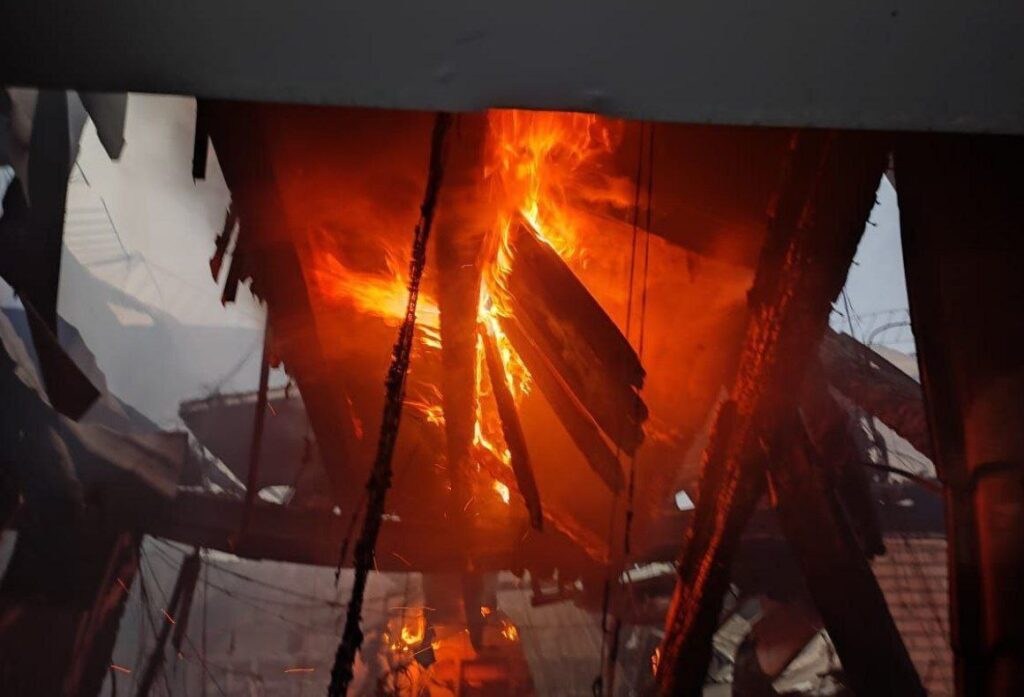
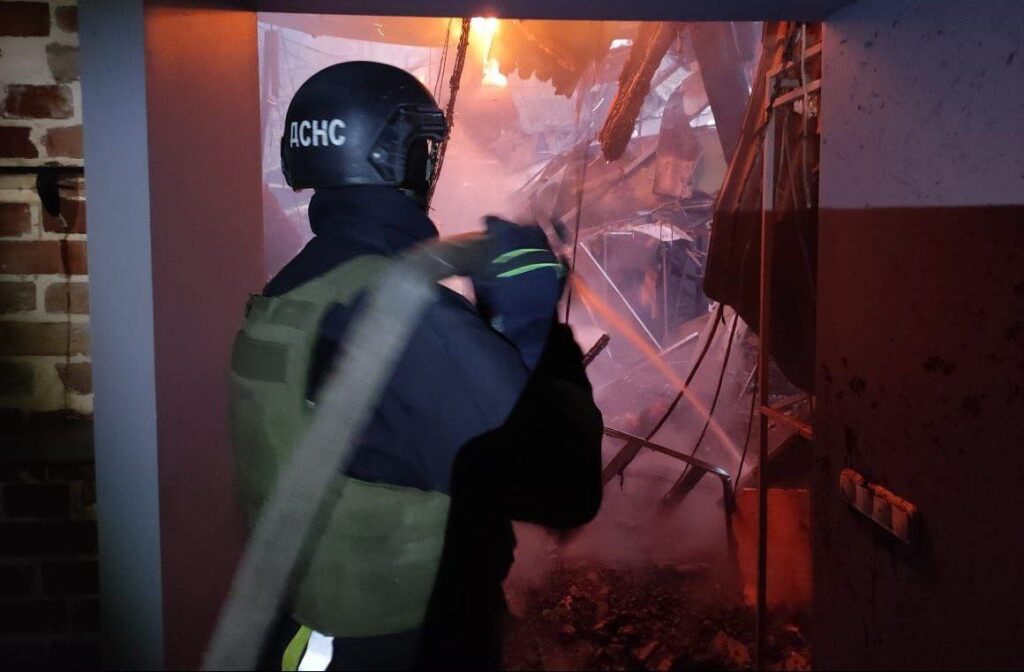
The attacks ignited a fire at a local cafe and caused damage to critical infrastructure, an industrial facility, three private residences, two farm buildings, and a vehicle. Explosions were also reported in the Dniprovskyi district, where damage occurred at a recreational area.
Despite the extensive property damage across both districts, authorities confirmed no civilian casualties resulted from the overnight attacks.




